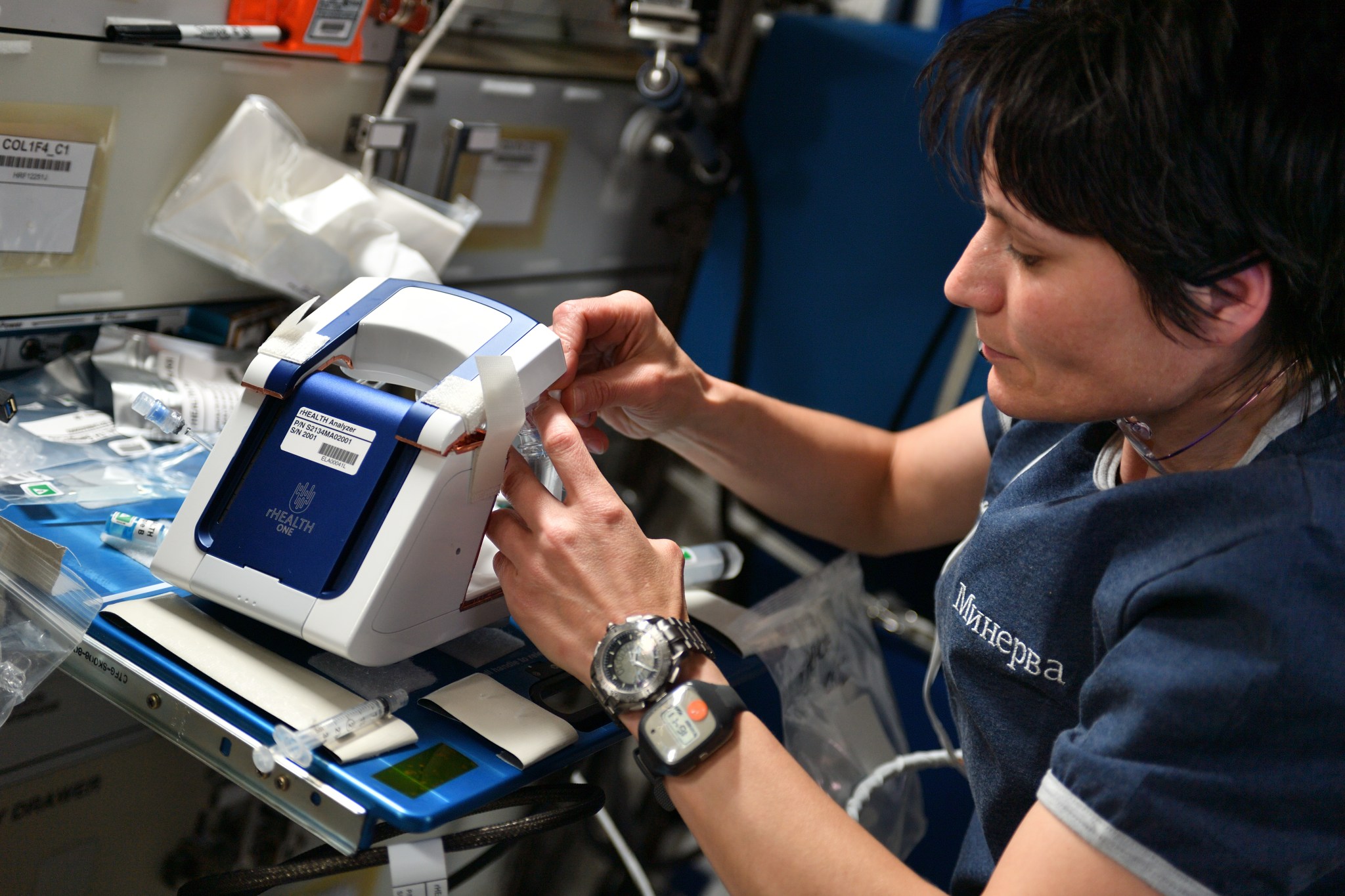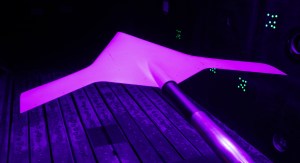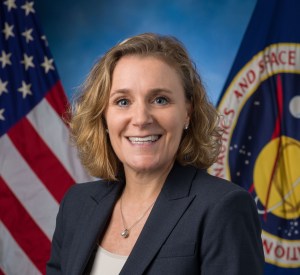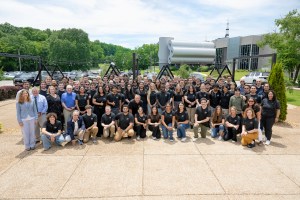Editor’s Note: This article was updated Aug. 18, 2023, to be more specific about the version of the rHealth device that was tested on the International Space Station and how it operates. Additionally, information was added regarding the preliminary results of the testing.
As NASA aims to send astronauts farther into space for longer durations, managing and maintaining their health and performance is a top priority. Researchers and engineers are currently testing a suite of medical diagnostic devices aboard the International Space Station that will help astronauts evaluate their physical condition.
A variety of medical conditions can affect astronauts who live for prolonged periods in space, including blood clots, kidney stones, radiation exposure, and a range of other illnesses and injuries. But astronauts may not have access to traditional medical diagnostics and treatments when working on the Moon or even Mars.
NASA’s Human Research Program’s Exploration Medical Capability (ExMC) team – based out of NASA’s Johnson Space Center in Houston and Glenn Research Center in Cleveland – is working to provide medical tools and capabilities for astronauts in spaceflight. The ExMC team recently adapted a Reusable Handheld Electrolyte and Laboratory Technology for Humans (rHEALTH) One miniature flow cytometer for flight on the space station.
A flow cytometer is a biomedical device widely used across the medical industry to analyze biological liquid samples (like blood, saliva, and urine). It tags cells or biomarkers with fluorescent dyes and then bathes them with a laser, tracking the light the samples emit and scatter. By tracking this light, NASA immunologists can characterize and count the particles from the pulses produced to diagnose illnesses or injuries, especially those of interest to NASA, like hematology, bone health, and radiation exposure.
“NASA has made a concerted effort to sponsor and test medical technologies over the past decades to advance human health and performance in space,” said Gail Perusek, project manager for ExMC and co-investigator for rHEALTH at NASA Glenn. “Our efforts with rHEALTH are a great example of this partnership between NASA and industry to bring the best technologies to flight.”
Before launch to the orbiting laboratory, the analyzer was modified to function properly in microgravity. This included designing a water bag assembly to prevent air bubbles from entering the lines and to prevent any leakage, ensuring the samples would flow correctly through the device in the absence of gravity.
After modification and extensive ground testing, the rHEALTH One analyzer launched in February 2022. It was put through a series of tests on the space station over two days by astronaut Samantha Cristoforetti of ESA (European Space Agency). The results of the microgravity tests will be compared to post-flight biological samples to confirm rHEALTH One correctly analyzed and detected any changes.
“Each of these successful tests on the space station help us get closer to designing and building a complete integrated medical architecture to accompany our explorers into deep space,” Perusek noted.
While the ExMC team works to confirm proper operation and sample diagnostics, NASA engineers have noted that several design characteristics and modifications will be required before the analyzer can be tested or used again in space. NASA and its partners are advancing medical system design for exploration beyond low-Earth orbit and promoting human health and performance in space in collaboration with other scientists. These scientists evaluate various commercially available medical technologies developed on the ground to test them aboard the space station for potential use in future space exploration missions.
Nancy Smith Kilkenny with Jimi Russell
NASA’s Glenn Research Center



























